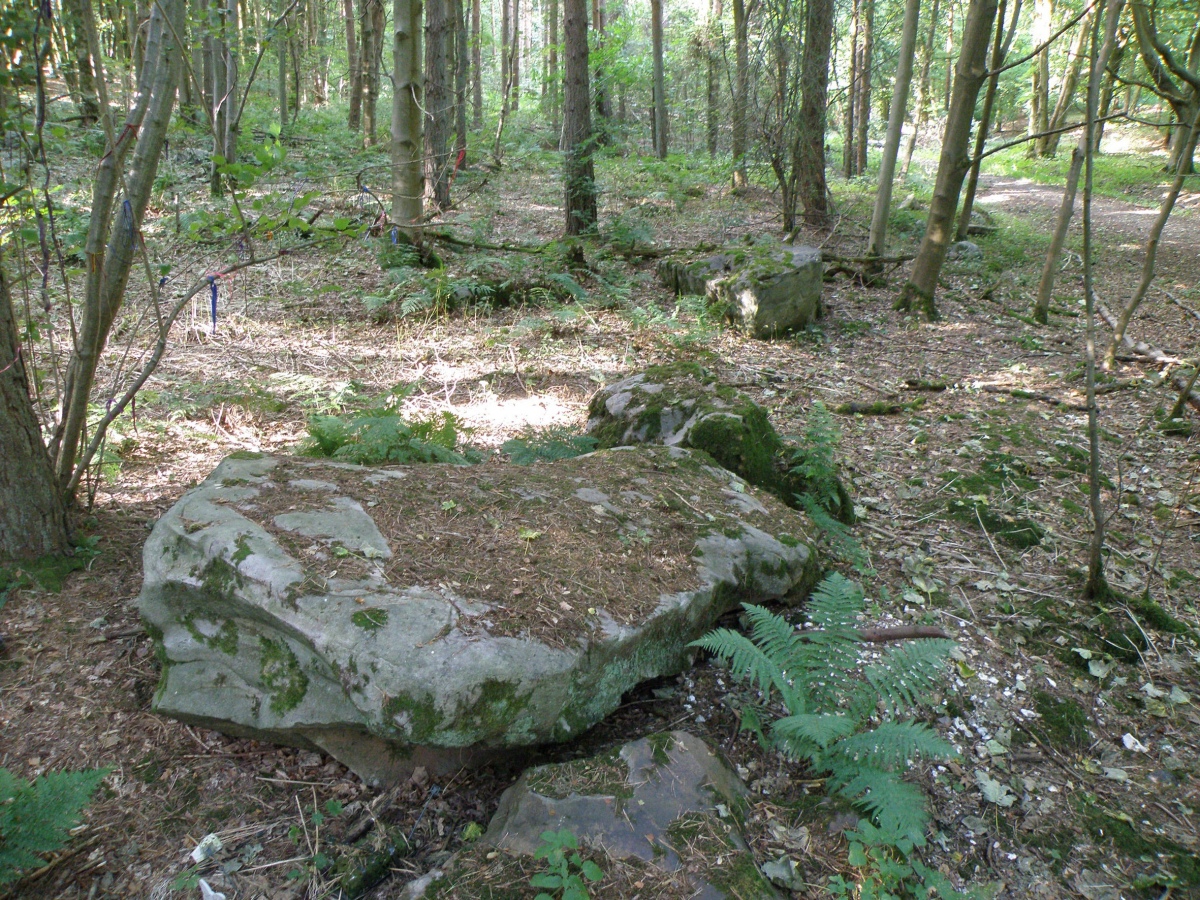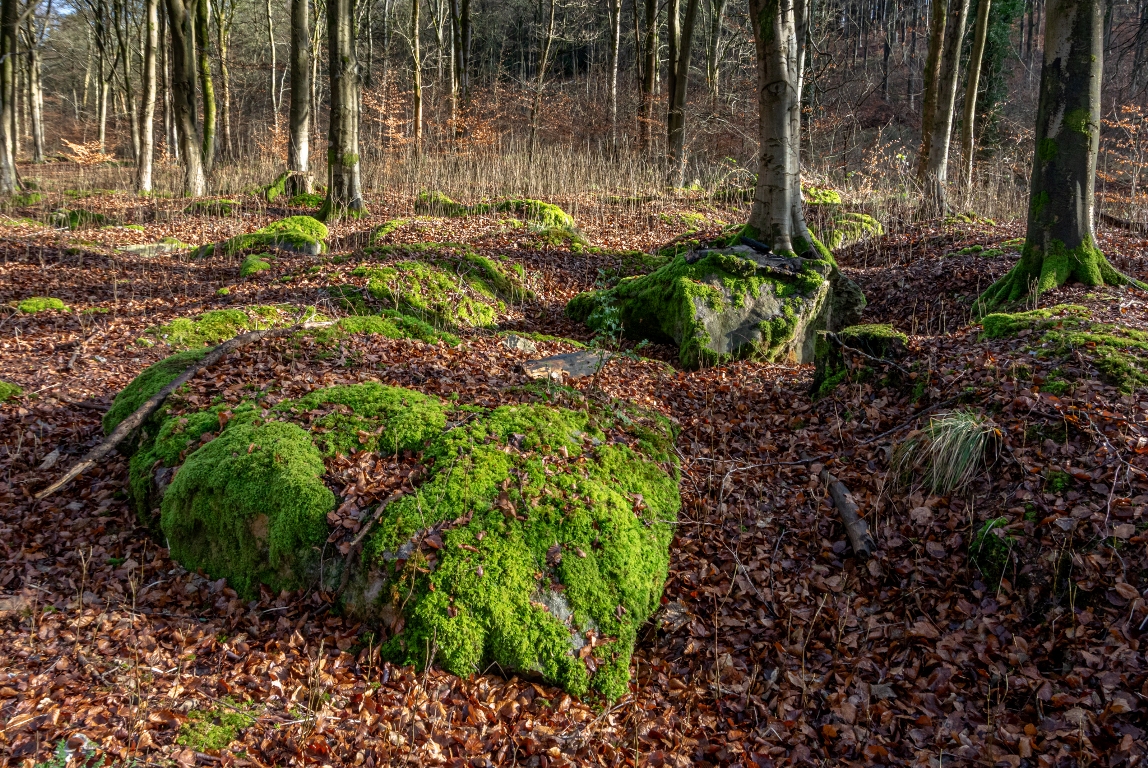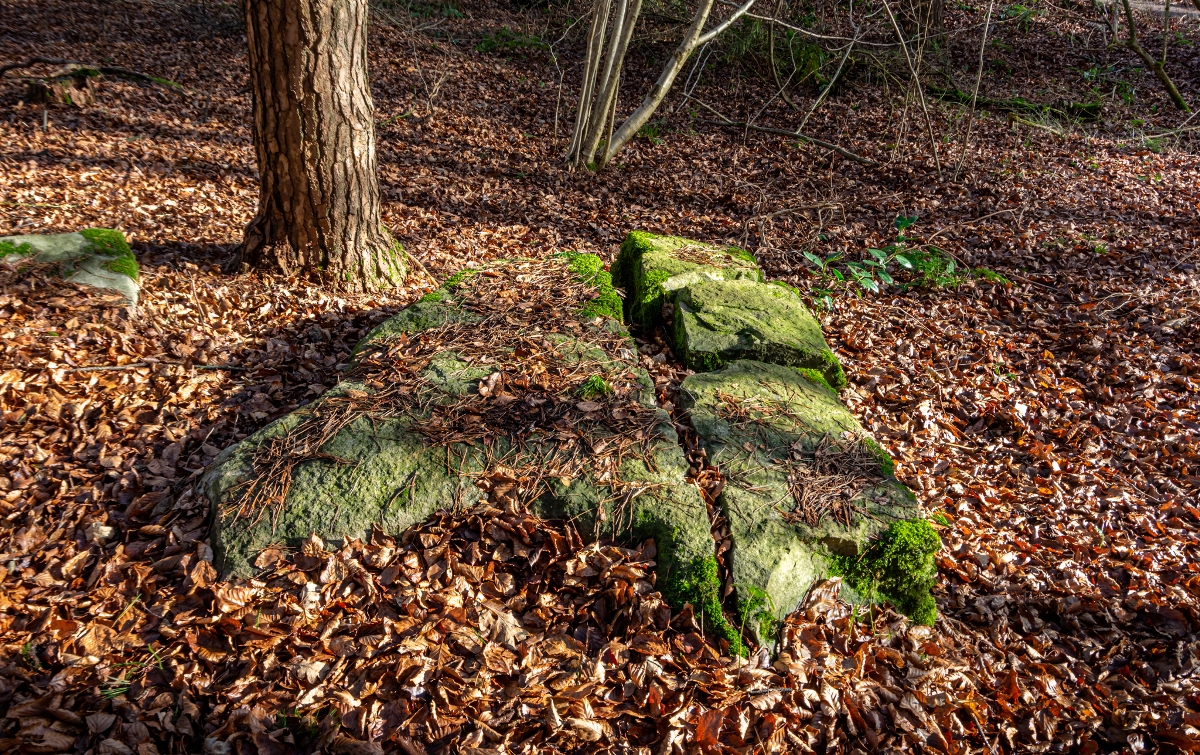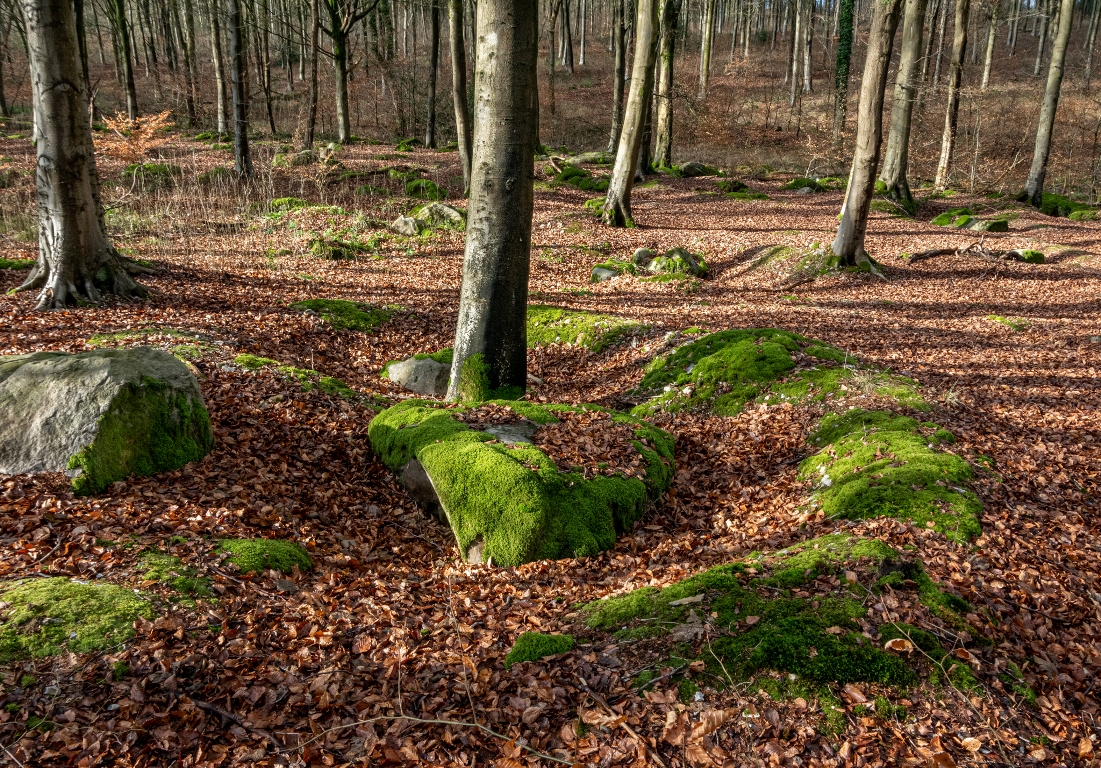<< Other Photo Pages >> West Woods Sarsen Stones - Natural Stone / Erratic / Other Natural Feature in England in Wiltshire
Submitted by Andy B on Sunday, 02 August 2020 Page Views: 15113
Natural PlacesSite Name: West Woods Sarsen StonesCountry: England County: Wiltshire Type: Natural Stone / Erratic / Other Natural Feature
Map Ref: SU145660 Landranger Map Number: 173
Latitude: 51.392856N Longitude: 1.792987W
Condition:
| 5 | Perfect |
| 4 | Almost Perfect |
| 3 | Reasonable but with some damage |
| 2 | Ruined but still recognisable as an ancient site |
| 1 | Pretty much destroyed, possibly visible as crop marks |
| 0 | No data. |
| -1 | Completely destroyed |
| 5 | Superb |
| 4 | Good |
| 3 | Ordinary |
| 2 | Not Good |
| 1 | Awful |
| 0 | No data. |
| 5 | Can be driven to, probably with disabled access |
| 4 | Short walk on a footpath |
| 3 | Requiring a bit more of a walk |
| 2 | A long walk |
| 1 | In the middle of nowhere, a nightmare to find |
| 0 | No data. |
| 5 | co-ordinates taken by GPS or official recorded co-ordinates |
| 4 | co-ordinates scaled from a detailed map |
| 3 | co-ordinates scaled from a bad map |
| 2 | co-ordinates of the nearest village |
| 1 | co-ordinates of the nearest town |
| 0 | no data |
Internal Links:
External Links:

Overlooking the Kennet Valley to the north, West Woods comprises a plateau rising to 220 m above sea level dissected by two narrow valleys. The area once contained a dense concentration of sarsens, including a sarsen train mapped by the Ordnance Survey as recently as 1924. Most of the stones were broken up and removed from the mid-19th century onward. However, many large boulders remain, both in valleys and on high ground, and sarsen extraction pits are common, particularly in the northern woodland.
Why, in a region with the greatest density of extant sarsen stones in Britain, West Woods was selected as the primary source for the Stonehenge sarsens is unclear. Its significance most likely derives from the size and quality of the stones present there, making the area an important location for Neolithic people. Its topographic position on high ground south of the Kennet and its relative proximity to Salisbury Plain would also have made it an efficient place from which to obtain the sarsens.
West Woods is located ~3 km south of the area where the majority of antiquaries and archaeologists have looked for Stonehenge’s sarsen quarries and, thus, lies slightly closer to the monument at ~25 km in a direct line. Only the antiquary John Aubrey had previously postulated a link between “Overton Wood,” probably a former name of West Woods, and Stonehenge.
The sarsen samples used for analysis were collected from the western side of West Woods [I have placed our marker in that approx area for now - MegP Ed]. So a transporation route to Stonehenge from West Woods via Knap Hill could be appropriate. If stones were also sourced from the eastern part of West woods, then an alternative route might run 2 km to the east, along what is now the White Horse Trail, dropping down to the Vale of Pewsey, and then along the River Avon close to Hill’s proposed route.
Source: Origins of the sarsen megaliths at Stonehenge paper - see links below for full citation
Note: Multidisciplinary analysis of the sarsen stones at Stonehenge and samples from 20 sites across Southern England confirm the vast majority of the sarsen stones came from West Woods on the Marlborough Downs, 25km north of Stonehenge. Our page shows the approximate location, and find more details in the comments
You may be viewing yesterday's version of this page. To see the most up to date information please register for a free account.









Do not use the above information on other web sites or publications without permission of the contributor.
Click here to see more info for this site
Nearby sites
Key: Red: member's photo, Blue: 3rd party photo, Yellow: other image, Green: no photo - please go there and take one, Grey: site destroyed
Download sites to:
KML (Google Earth)
GPX (GPS waypoints)
CSV (Garmin/Navman)
CSV (Excel)
To unlock full downloads you need to sign up as a Contributory Member. Otherwise downloads are limited to 50 sites.
Turn off the page maps and other distractions
Nearby sites listing. In the following links * = Image available
465m NE 35° West Woods Polissoir No.1* Polissoir (SU1476966380)
760m ENE 71° West Woods (Hursley Bottom) Standing Stone* Standing Stone (Menhir) (SU15226625)
1.2km ESE 108° West Woods Long Barrow* Long Barrow (SU15676563)
1.3km N 351° Lockeridge Grey Wethers* Natural Stone / Erratic / Other Natural Feature (SU143673)
1.8km NNW 334° West Overton Bowl Barrow Round Barrow(s) (SU13736758)
1.9km ESE 113° West Woods Standing Stone* Standing Stone (Menhir) (SU16246528)
2.0km WSW 246° Wansdyke* Misc. Earthwork (SU127652)
2.2km SSW 196° Gopher Wood Barrows Barrow Cemetery (SU139639)
2.6km N 352° Piggle Dene* Natural Stone / Erratic / Other Natural Feature (SU14126858)
2.7km W 265° Langdean Bottom* Stone Circle (SU11806574)
2.7km WNW 296° East Kennett garden feature* Modern Stone Circle etc (SU12066720)
3.0km NNE 33° Broadstones* Stone Circle (SU161685)
3.0km WNW 287° East Kennett longbarrow* Long Barrow (SU11636684)
3.2km W 277° Harestone Down* Stone Circle (SU113664)
3.3km NW 311° The Sanctuary Barrows* Barrow Cemetery (SU11966816)
3.3km NW 307° The Sanctuary.* Stone Circle (SU11836802)
3.4km W 271° Harestone Down Tumulus* Round Barrow(s) (SU1111766058)
3.4km SW 225° Knap Hill* Causewayed Enclosure (SU121636)
3.4km NNE 28° Broad Stones (Clatford) Stone Circle (SU16096900)
3.4km SW 226° Knap Hill Bowl Barrow 1* Round Barrow(s) (SU12056362)
3.5km SE 143° Giant's Grave (Oare)* Promontory Fort / Cliff Castle (SU16636324)
3.5km SW 226° Knap Hill Bowl Barrow 2 Round Barrow(s) (SU11976358)
3.5km SW 236° New Town Tumuli Round Barrow(s) (SU11596403)
3.7km NNE 33° Manton Round Barrow* Round Barrow(s) (SU165691)
3.7km N 11° Devils Den* Burial Chamber or Dolmen (SU1521169654)
View more nearby sites and additional images






 We would like to know more about this location. Please feel free to add a brief description and any relevant information in your own language.
We would like to know more about this location. Please feel free to add a brief description and any relevant information in your own language. Wir möchten mehr über diese Stätte erfahren. Bitte zögern Sie nicht, eine kurze Beschreibung und relevante Informationen in Deutsch hinzuzufügen.
Wir möchten mehr über diese Stätte erfahren. Bitte zögern Sie nicht, eine kurze Beschreibung und relevante Informationen in Deutsch hinzuzufügen. Nous aimerions en savoir encore un peu sur les lieux. S'il vous plaît n'hesitez pas à ajouter une courte description et tous les renseignements pertinents dans votre propre langue.
Nous aimerions en savoir encore un peu sur les lieux. S'il vous plaît n'hesitez pas à ajouter une courte description et tous les renseignements pertinents dans votre propre langue. Quisieramos informarnos un poco más de las lugares. No dude en añadir una breve descripción y otros datos relevantes en su propio idioma.
Quisieramos informarnos un poco más de las lugares. No dude en añadir una breve descripción y otros datos relevantes en su propio idioma.